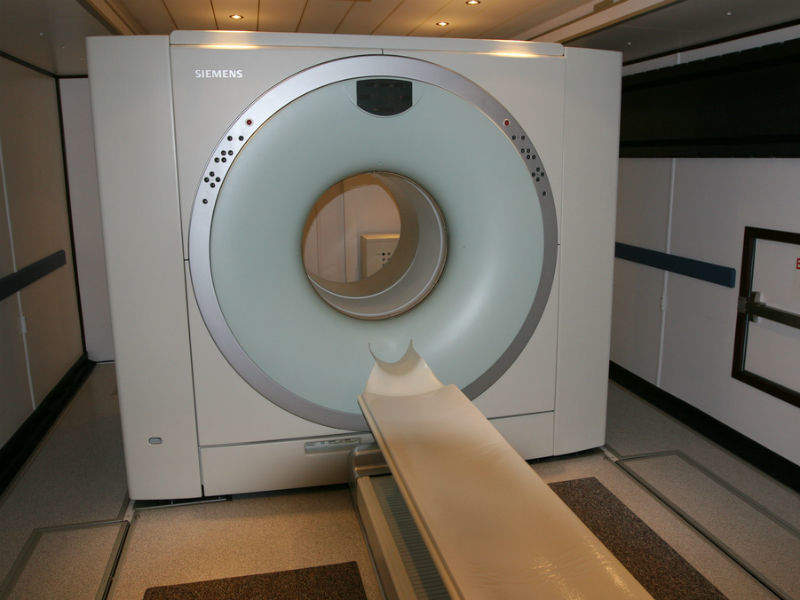
Oesophageal cancer patients can be given PET scans to determine the best treatment for them, according to survival results from the CALGB 80303 trial conducted at the University of Colorado Anshutz Medical Campus.
The trial results, which were presented at the American Society of Clinical Oncology (ASCO) Annual Meeting 2018, demonstrate that oesophageal cancer patients who were shown by PET scans to be non-responders to induction chemotherapy, and were then switched to a new chemotherapy treatment, had a median overall survival of 27 months. These results are an improvement on the 18-month median overall survival rate found in previous studies that used the same chemotherapy with non-responders during induction and chemoradiation treatment phases.
The patients whose PET scans showed they were responders to induction chemotherapy with the FOLFOX drug regimen, and stayed on FOLFOX during chemoradiation, had a 55% four-year survival. This is the best outcome ever to be reported for patients with the disease.
University of Colorado Cancer Center Grohne chair of clinical oncology and national study chair of the CALGB 80303 trial Dr Karyn Goodman said: “Oesophageal cancer patients undergo treatments to shrink tumours before surgery. We wanted to see if PET scan could help us personalise the best pre-operative treatment.”
Patients with stage II/III oesophageal and gastroesophageal cancers often receive 5.5 weeks of chemotherapy with chemoradiation before they undergo surgery. Chemoradiation before surgery can improve survival compared with surgery alone, but the optimal amount of chemotherapy remains unknown.
During the CALGB 80303 trial, 257 US patients with adenocarcinoma of the oesophagus or gastroesophageal junction underwent PET scans at the time of diagnosis and again after six weeks of induction chemotherapy with either FOLFOX or carboplatin/taxol.
How well do you really know your competitors?
Access the most comprehensive Company Profiles on the market, powered by GlobalData. Save hours of research. Gain competitive edge.

Thank you!
Your download email will arrive shortly
Not ready to buy yet? Download a free sample
We are confident about the unique quality of our Company Profiles. However, we want you to make the most beneficial decision for your business, so we offer a free sample that you can download by submitting the below form
By GlobalDataGoodman said: “If there was a good response by PET, they continued on the same chemotherapy during chemoradiation. If they had a poor response, they switched over to the alternative chemotherapy agent during chemoradiation.”
After six weeks of the selected chemoradiation, patients underwent surgery, and then researchers followed their survival outcomes.
The trial researchers found it impossible to accurately determine the median overall survival for patients who responded to FOLFOX during induction and then stayed on FOLFOX during chemoradiation. This was because more than half of these patients were still alive at the time of data analysis.
Goodman added: “Twenty-seven months median overall survival is much better than we have seen in previous studies for patients who do not respond to induction chemotherapy.
“We show that using PET scan at baseline and then again after induction chemotherapy can help to determine who should stick with the chemotherapy used during induction and who should switch to the other regimen during chemoradiation.”







